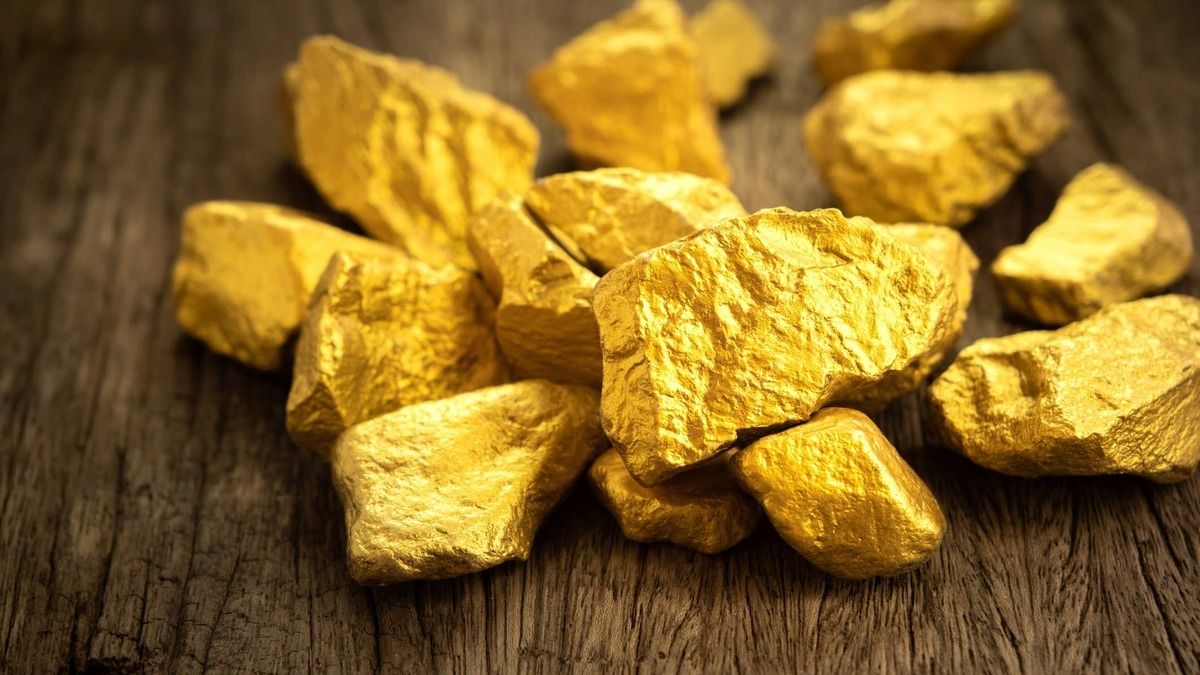Gold fever among central banks has exacerbated ingenuity when diversifying international reserves and purchases of precious metal. A trend that could replicate the Argentine Central Bank.
In the last decade the central banks of the world have been diversifying their international reserves, where gold has been the great winner. In the last three years their gold reserves increased by more than 1,000 tons per year when, on average, when between 2010 and 2021 they had been doing it at an annual rate of 473 tons. Last year was the third largest expansion of the gold reserves of the registered central banks, being only 6.2 tons less than in 2023 and 91 tons less than the historical maximum established in 2022 (1,136 tons). It is worth remembering that 2022 was the highest level of registered net purchases, which dates back to 1950, even from the suspension of the dollar convertibility to gold in 1971.
The content you want to access is exclusive to subscribers.
In this framework of a certain world fury for gold, which led its quotation above US $ 3,400 the ounce, Central banks strive to increase their gold reserves, and many are resorting to national mining production to save money, support local industry and expand their reserves. In general, central banks usually buy gold through the global extraburstable market, however, some banks obtain gold directly from national mines, avoiding the international market. According to Shaokai Fan, world expert from this market segment, some central banks, especially in Africa and Latin America, are starting to buy gold directly from small -scale national gold mines, which have proliferated due to their highest price.


The central banks that buy local production include Colombia, Tanzania, Zambia, Mongolia, Ecuador and the Philippines. While Kazakhstan, Russia and Uzbekistan have been using local gold for a long time to increase their reserves. It should also be noted that Ghana recently signed agreements with several mining companies in the country to buy 20% of its production.
In addition, in the last WCG survey, 19 central banks indicated that they acquired gold of local artisanal and small -scale miners with national currency, which represents an increase with respect to the 14 of the previous survey.
Gold: The Fire Power of Central Banks and Local Miners
It should not be avoided that many of the mines that supply central banks are small operations. It happens that buying gold extracted locally also saves money, since local miners usually sell it to their central banks with a slight discount. In some cases, these agreements are volunteers, since small mining operators are glad to have a reliable and stable customer. However, miners are often obliged to sell gold to the central bank of their country at a low price. It is the example of the government of Tanzania that months ago ordered that all exporters, miners and gold merchants reserve at least 20% of their production to sell it to the Central Bank. Of course, the other side of the currency indicates that these purchases of the Central Bank can give a boost to the small miners. It happens that central banks can take advantage of their enormous “fire power” to benefit these artisanal and small -scale miners, since having a credible buyer already a large scale, such as the Central Bank, gives small miners a legal and fair exit to sell their gold.
From the government perspective, the purchasing program facilitates the regulation of these small mining operators. In many cases, small mines operate in remote areas with little supervision. In some cases, they are managed by criminal organizations. According to Fan, the purchases of the Central Bank not only divert the flows of criminal networks, but also improve traceability and accountability. But also Buying gold from local mines offers central banks additional savings by eliminating shipping costs and bank rates, although it can lead to additional costs. It must be explained that, To serve as a reserve asset, gold must meet the standards of London Good Delivery (LGD) purity. So, if a country does not have LGD refining capacity at the national level, gold must be sent abroad for refining. For example, some countries, including the Philippines and Kazakhstan, have LGD certified refineries.
Analysts also emphasize that Buying locally offers central banks another advantage: they can avoid spending dollars. While all central banks have dollars in their reserves, since they are the world reserve currency, some countries find it difficult to expand their total reserves if they must spend dollars to buy gold. Thus they exchange a reserve asset for another. Therefore, Buy locally in the national currency eliminates this problem. Hence, central banks can increase their reserves using the local currency and, therefore, not sacrifice another reserve asset to increase your gold reserves.
Something that could begin to evaluate the Argentine Central Bank (BCRA) since there is local production and could save currencies and reduce costs.
Source: Ambito
I am a 24-year-old writer and journalist who has been working in the news industry for the past two years. I write primarily about market news, so if you’re looking for insights into what’s going on in the stock market or economic indicators, you’ve come to the right place. I also dabble in writing articles on lifestyle trends and pop culture news.




